How to Pick a Good Bottle of White Wine, Every Single Time
I’ve spent a long, long time in the wine world, and in that time, I’ve seen people get completely paralyzed in the wine aisle. It’s a real thing! The number one question I get is always some version of, “What white wine should I get?” There’s this deep-seated fear of picking the “wrong” bottle, as if the wine police are going to show up at their dinner party.
In this article
Let’s get one thing straight: wine is supposed to be fun, not a final exam. My real education didn’t come from some stuffy classroom, anyway. It came from walking through vineyards with mud on my boots, tasting young wine straight from a chilly steel tank, and talking for hours with the people who dedicate their lives to this stuff. They taught me that every bottle has a story. And once you learn a few key ideas, you can start to read that story and choose your next bottle with total confidence.
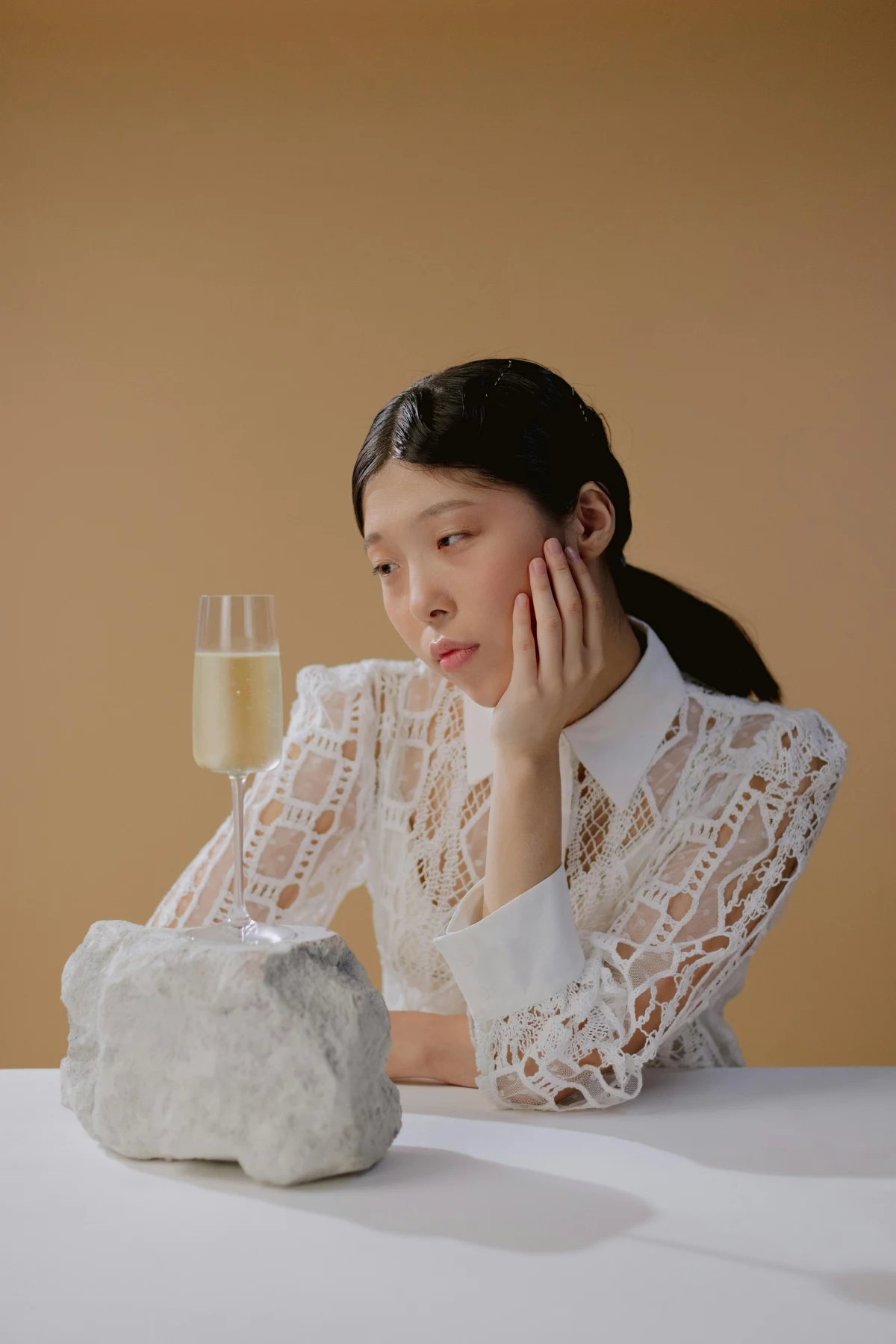
So, this isn’t about memorizing a bunch of facts. It’s about understanding the big picture—how white wine gets its taste and how you can use that knowledge to find something you’ll love. Think of it as your foundation for becoming that person who always knows what to grab.
What’s Actually Happening in Your Glass
You don’t need a chemistry degree to get wine, but knowing a few basics makes everything click. The whole process is just a series of choices the winemakers make to steer the grape juice toward a specific style. And honestly, it’s pretty cool.
Acidity: The Backbone of White Wine
Acidity is what makes your mouth water when you take a sip. It’s the zesty, fresh, vibrant feeling that keeps a wine from tasting heavy or boring. Without enough acid, a wine is what we call “flabby”—just flat and uninteresting. Grapes from cooler climates naturally hold onto more acidity as they ripen slowly. Grapes from warmer spots ripen faster, building up more sugar and losing acidity. So, the pros in hot regions might add a little tartaric acid to keep things balanced. It’s a completely normal and regulated technique to ensure the wine tastes great.
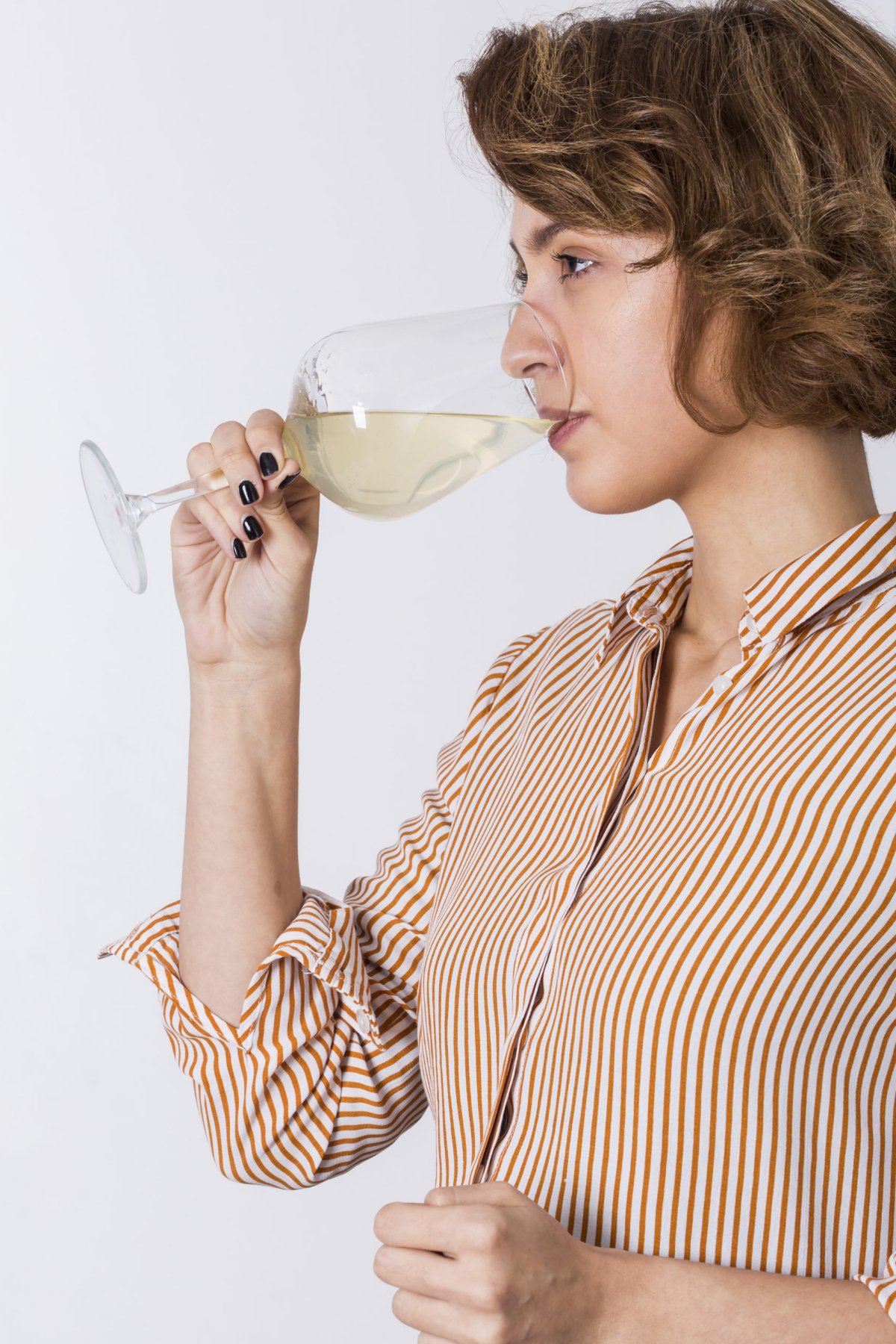
The “Buttery” Chardonnay Secret
Ever hear someone say they love a “buttery” Chardonnay? That classic creamy texture and buttery flavor doesn’t come from the grape itself. It comes from a process called malolactic fermentation (or MLF). It’s not a typical fermentation with yeast; instead, a special kind of bacteria converts the sharp, green-apple-tasting acid (malic acid) into a much softer, creamier acid (lactic acid). And yep, that’s the same kind of acid you find in dairy products.
A winemaker can either encourage this process for a rich, round style or block it for a crisp, zippy style. This one decision completely changes the wine. Good to know: You can usually spot this on the back label. If it mentions “creamy texture,” “notes of vanilla,” or “aged in oak,” it likely went through MLF. If it says “crisp,” “clean,” or “fermented in stainless steel,” you’re in for a zesty ride.
Quick tip: Want to taste the difference yourself? Next time you’re at the store, grab two widely available Chardonnays. Try to find an unoaked one, like Louis Jadot Steel Chardonnay (usually around $15), and a classic oaked one, like Kendall-Jackson Vintner’s Reserve (often about $17). Pour a small amount of each and taste them side-by-side. That massive difference in texture and flavor? That’s the magic of MLF and oak in action!
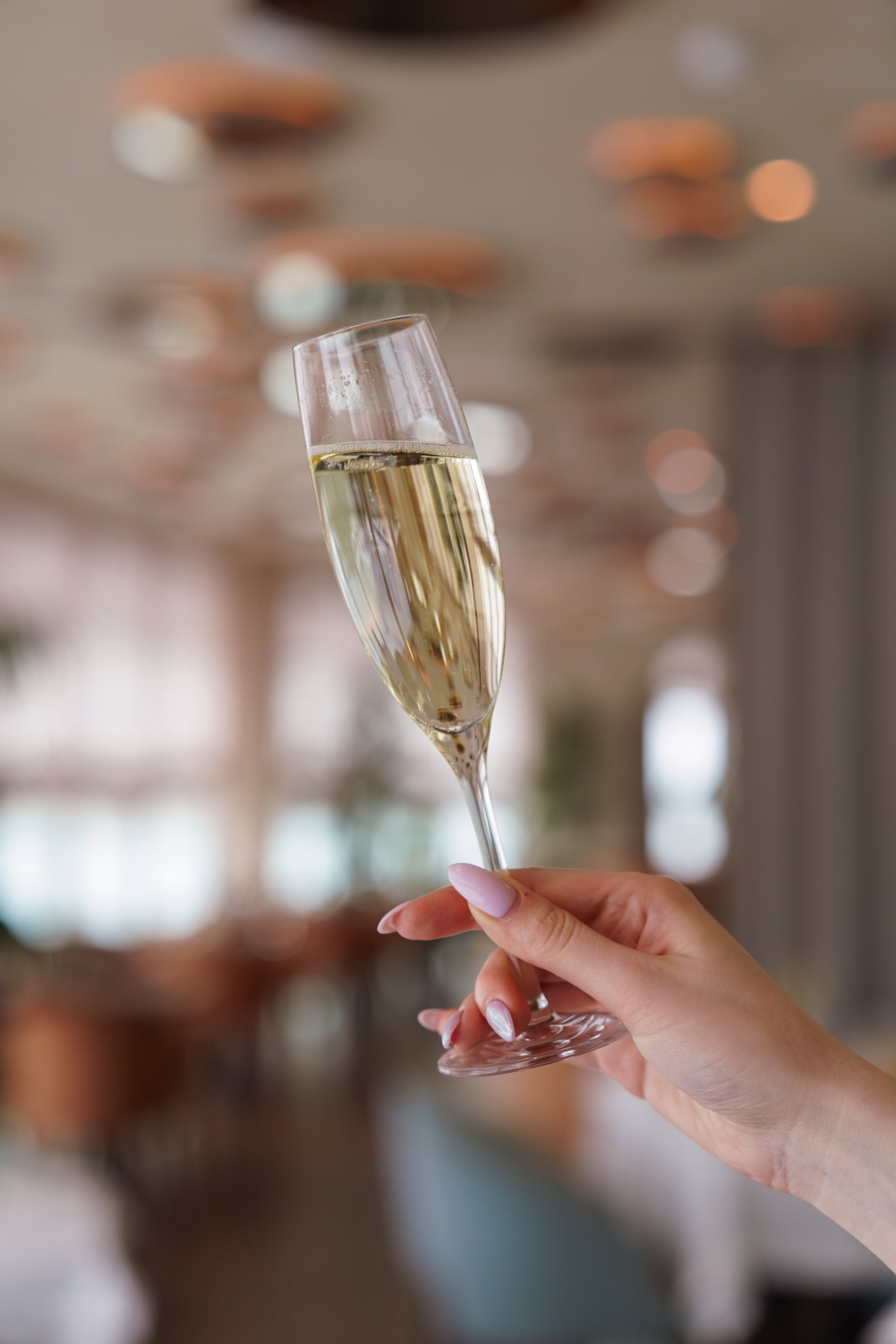
The Winemaker’s Toolkit
The real difference between a so-so wine and a fantastic one often comes down to the hands-on techniques used in the cellar. These are the choices that add layers of flavor, texture, and character.
Steel vs. Oak: It’s Not Just a Container
The tank or barrel a wine is aged in has a huge effect. Think of it this way:
- Stainless Steel is like a clean, empty room. It doesn’t add any flavor, so it’s perfect for preserving the pure, fresh fruit and floral notes of the grape. This is the go-to for bright and sharp styles like most Pinot Grigio and Sauvignon Blanc.
- Oak Barrels are an active participant. They do a few things at once: they let in tiny amounts of oxygen that soften the wine, they add their own flavors like vanilla, spice, and smoke, and they can add a bit of texture. New oak barrels are expensive, by the way, which is one reason why complex, oaked wines usually have a higher price tag.
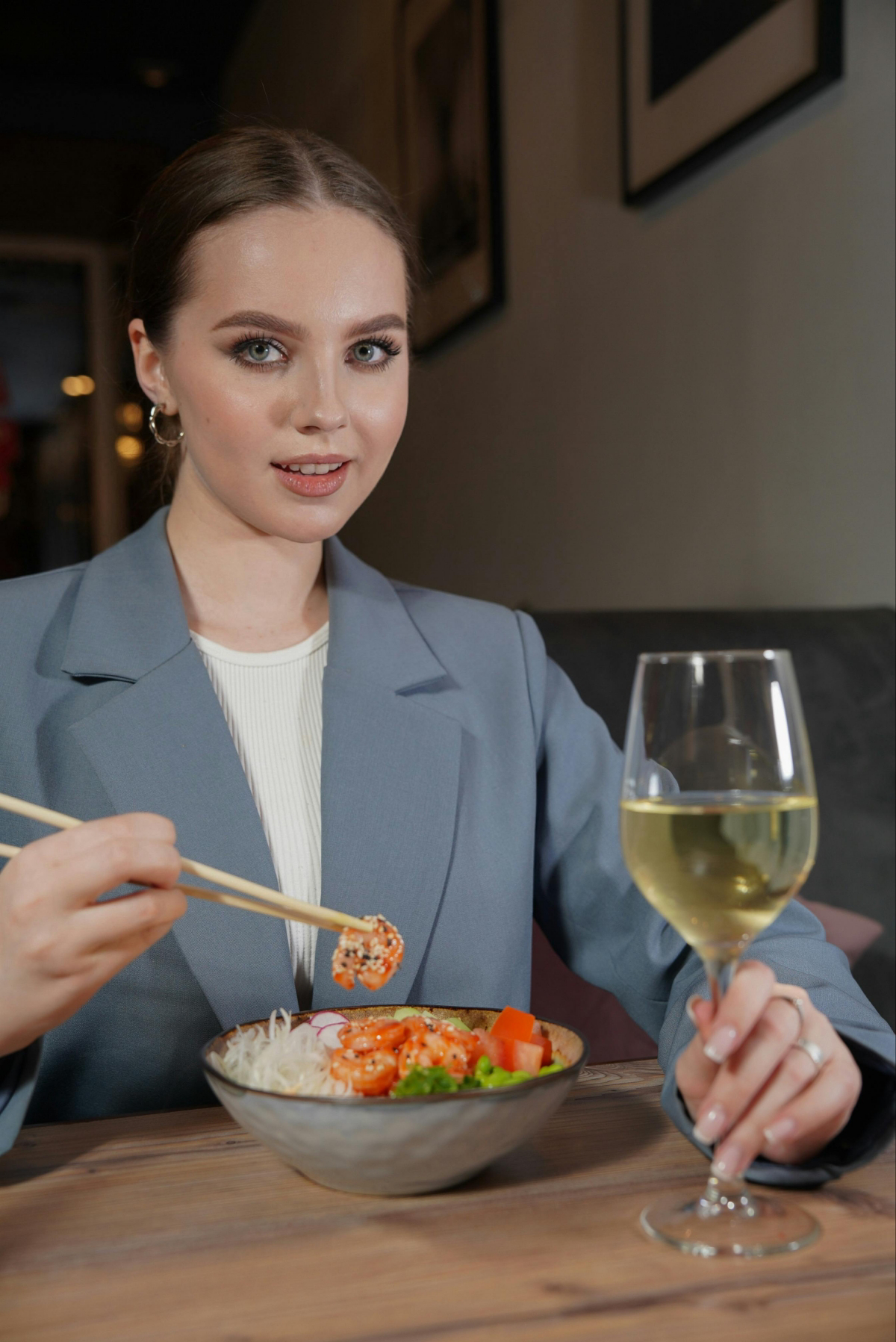
Lees Please: Building a Creamier Texture
Here’s a lesser-known trick. After fermentation, the dead yeast cells, called “lees,” sink to the bottom. If the winemaker leaves the wine sitting on these lees (a technique called “sur lie” aging), they slowly break down and release compounds that give the wine a richer, creamier mouthfeel and can add flavors of bread or nuts. Some of the best winemakers will even stir the lees back into the wine to enhance the effect. It’s a lot of work, but it builds a texture you just can’t fake.
Serving Temperature Matters More Than You Think
One of the easiest ways to ruin a good white wine is to serve it ice-cold. When a wine is too cold, all you can taste is the alcohol and the acid—the beautiful aromas are completely muted. But you don’t need a fancy wine thermometer to get it right.
Here’s a super simple hack:

- For light, zippy whites (like Pinot Grigio and Sauvignon Blanc), about 2 hours in the fridge is perfect. You want it chilled and refreshing.
- For full-bodied, complex whites (like a nice oaked Chardonnay or Viognier), pull it out of the fridge a solid 20-30 minutes before you plan to pour. Letting it warm up just a little allows all those vanilla, butter, and fruit notes to open up. If you drink it too cold, it’ll just taste like oaky water.
Your Cheat Sheet: The Big Three White Grapes
Still feeling a little lost? Let’s break down the three most common white wines you’ll find at any store. This should help you grab a bottle with confidence.
Chardonnay: The Chameleon
This grape can do it all. An unoaked style will be crisp and taste like green apple and lemon, while a classic oaked version will be full-bodied, creamy, and loaded with flavors of pineapple, butter, and vanilla. It’s perfect for richer foods like roast chicken, salmon, or pasta with a cream sauce. Expect to pay anywhere from $15 for a solid daily drinker to $40+ for the really complex stuff.

Sauvignon Blanc: The Zesty One
If you want something bright and refreshing, this is your wine. It’s almost always light-bodied with screaming high acidity. It typically bursts with flavors of grapefruit, lime, and sometimes a signature “green” note like fresh-cut grass or bell pepper. It’s a slam-dunk pairing for goat cheese, salads with vinaigrette, or simple grilled fish. You can find fantastic bottles in the $12 to $25 range.
Riesling: The Sweet and Spicy Hero
Riesling has a bit of a reputation for being sweet, and while some are, many are perfectly dry. The key is its incredible balance of sugar and acidity. It’s light-bodied and aromatic, with notes of lime, peach, and honey. An off-dry (slightly sweet) Riesling is the absolute best friend of spicy food, like Thai or Indian curry, because the touch of sugar tames the heat beautifully. Great examples are easy to find between $12 and $30.
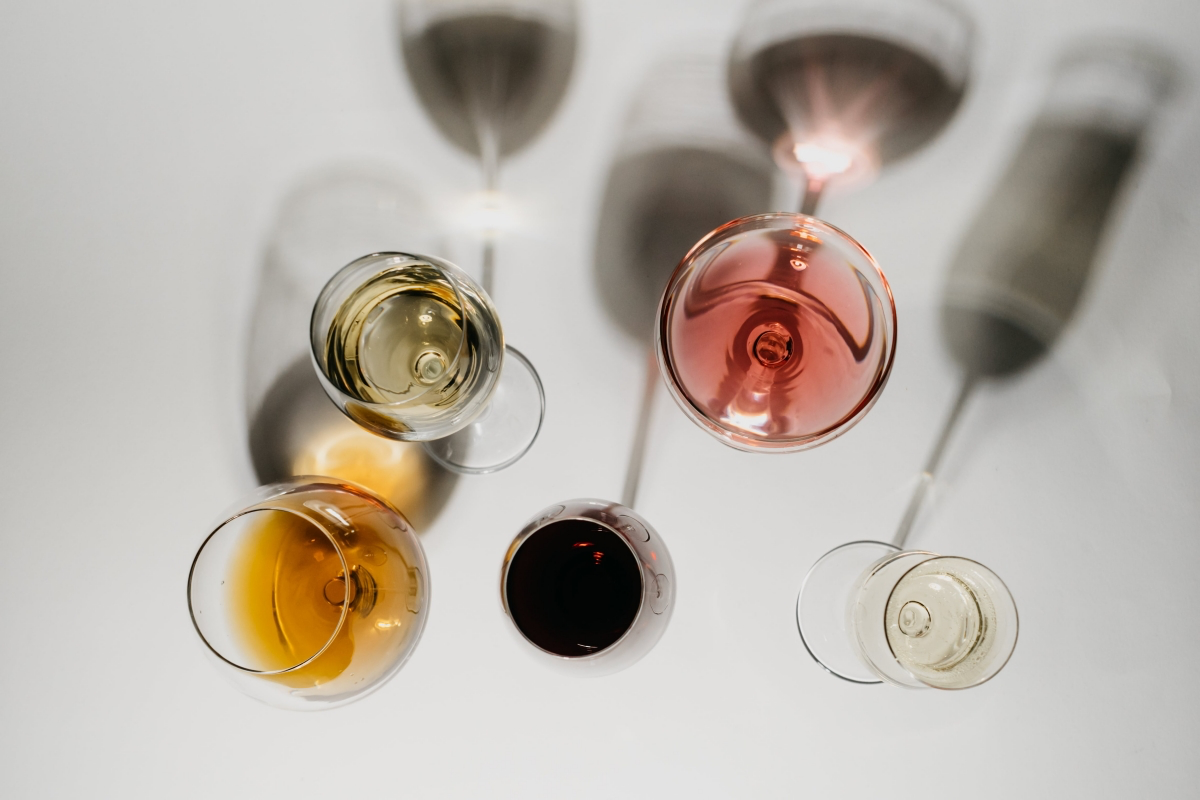
How to Pair White Wine Without Stressing
Forget all the complicated charts and rigid rules. Pairing wine and food is about one thing: balance. You want the wine and the food to make each other better. Here are the only principles you really need.
Match Weight with Weight
This is the golden rule. A light, delicate wine will be completely bulldozed by a heavy dish, and a rich, powerful wine will overwhelm a delicate one. Light-bodied wines (Sauvignon Blanc, Pinot Grigio) go with light foods (salads, raw oysters, simple fish). Full-bodied wines (oaked Chardonnay, Viognier) go with richer foods (lobster with butter, roasted chicken, creamy sauces).
I learned this lesson the hard way. I once tried pairing a big, buttery Chardonnay with a beautiful, delicate piece of sole meunière. The wine just stomped all over the poor fish. A total rookie mistake! I should have grabbed a simple Pinot Grigio. So yeah, match the wine’s intensity to the food’s intensity.
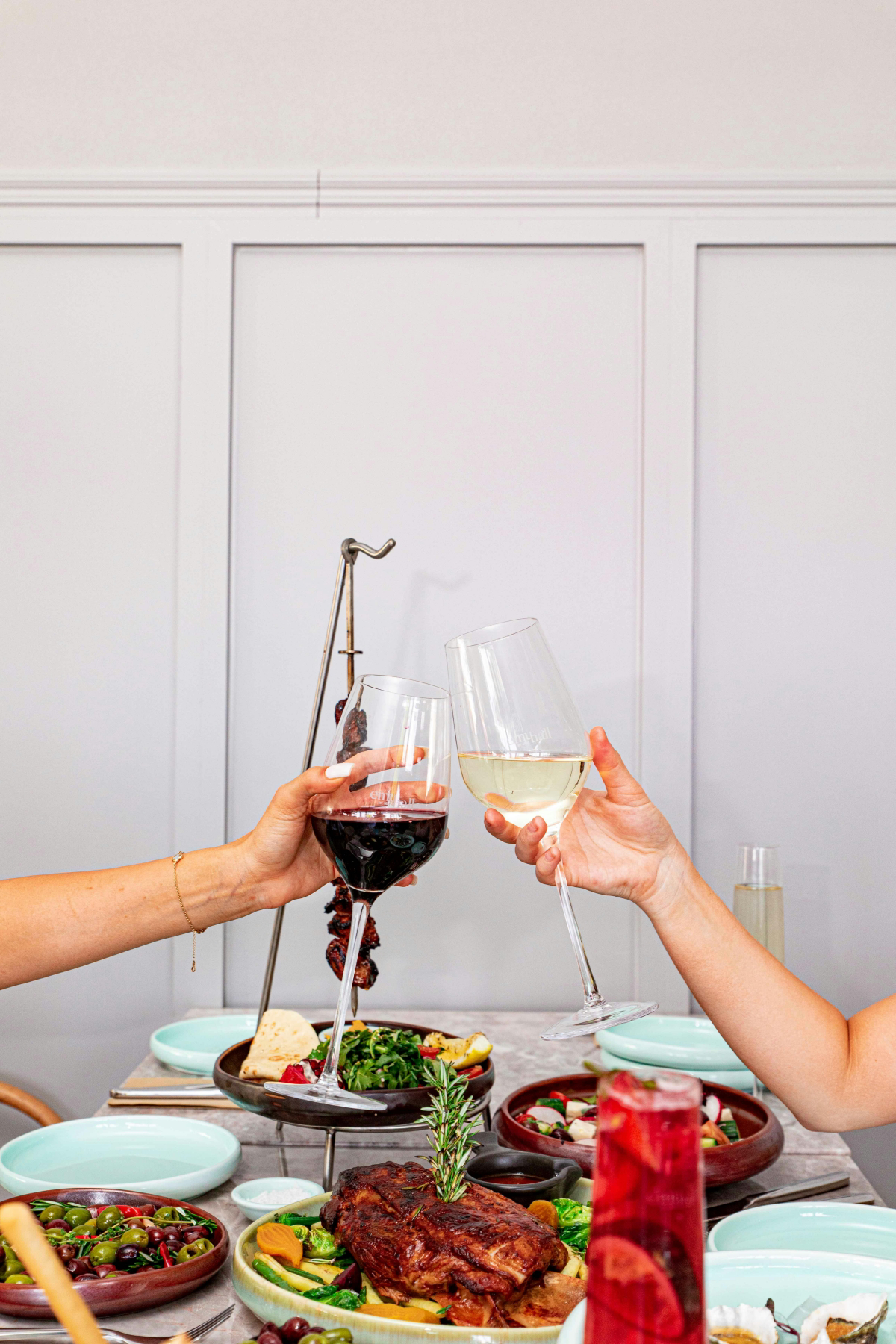
Acidity Is Your Secret Weapon
A wine with good acidity acts like a squeeze of lemon on your food—it cuts through fat, cleanses your palate, and brightens up the whole dish. This is why a high-acid wine is so perfect with anything fried. That zippy acidity slices right through the richness and gets you ready for the next bite. It’s a game-changer.
What Grows Together, Goes Together
This old saying is a fantastic shortcut. Local cuisines and local wines have evolved side-by-side for centuries, so they naturally work well together. Think of a zesty Italian white with a tomato-based pasta, or a coastal Spanish white with fresh seafood. It just makes sense.
Final Thoughts: Just Trust Your Taste
After all this, the most important piece of advice is simple: trust your own palate. There is no “best” wine—the best wine is the one that you enjoy drinking. Use these ideas as a guide, not a set of unbreakable rules. Be curious. Ask for a recommendation at your local wine shop. If a bottle costs $15 and you love it, it’s a great wine.

Oh, and about sulfites? Don’t sweat it too much. Almost all wine has them, as they’re a natural byproduct of fermentation and a key preservative. If you can eat a handful of dried apricots (which have way more sulfites than wine) without a problem, they’re probably not the cause of your wine headache. It’s more likely histamines or other compounds.
So go grab a bottle. The worst thing that can happen is you discover a wine you don’t love, and honestly, that’s valuable information, too. Cheers!
Galerie d’inspiration

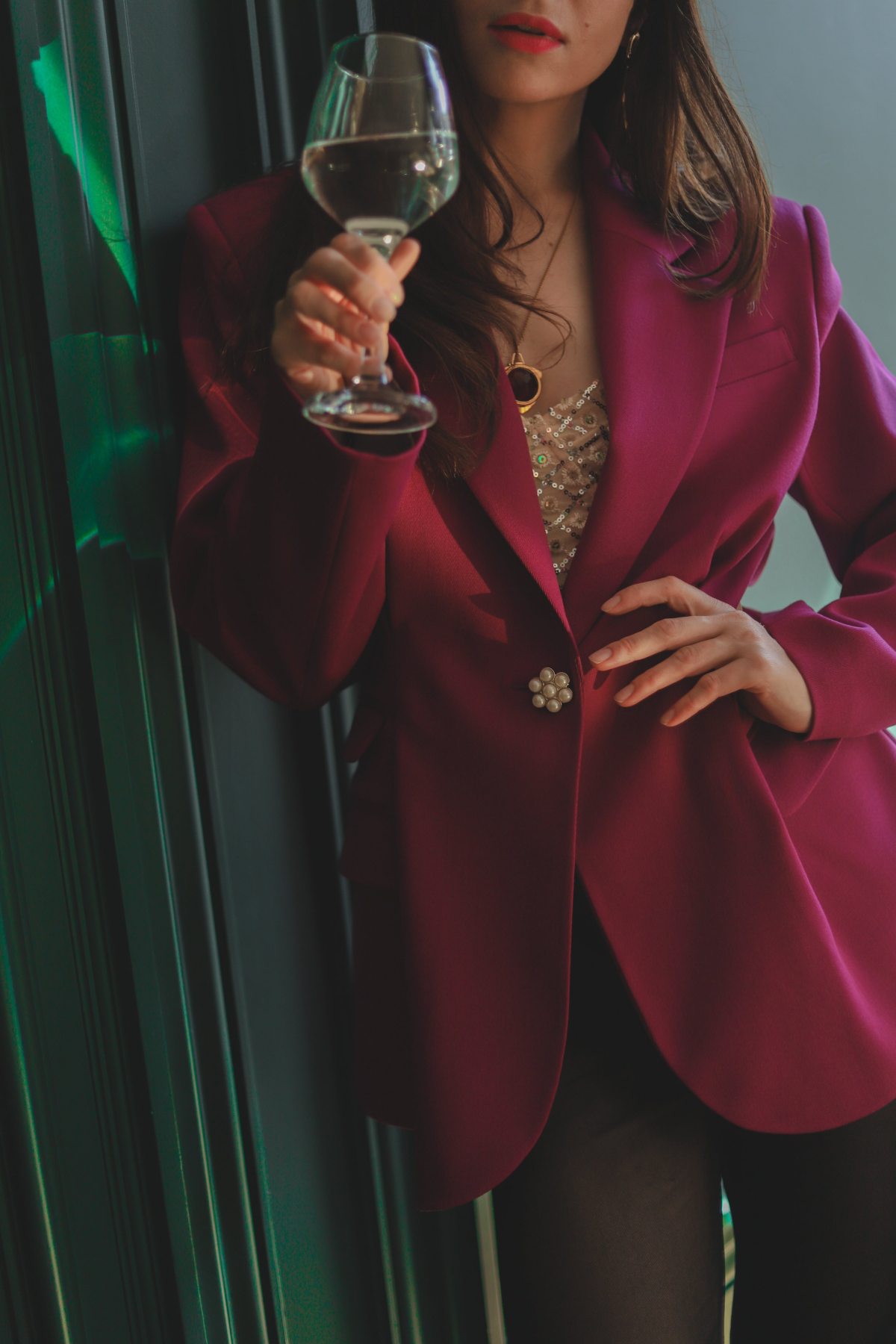
How cold is too cold for white wine?
While chilling white wine is a must, overdoing it can be just as bad as serving it warm. When a wine is ice-cold (below 4°C / 40°F), the cold numbs your palate and mutes all the delicate aromas and flavors the winemaker worked so hard to create. You’ll get the acidity, but miss the nuances of fruit or minerality. Aim for cellar cool (around 7-10°C / 45-50°F) for crisp, aromatic wines like Sauvignon Blanc and Pinot Grigio, and slightly warmer (10-13°C / 50-55°F) for richer, oaked Chardonnays or Viogniers to let their complexity shine.
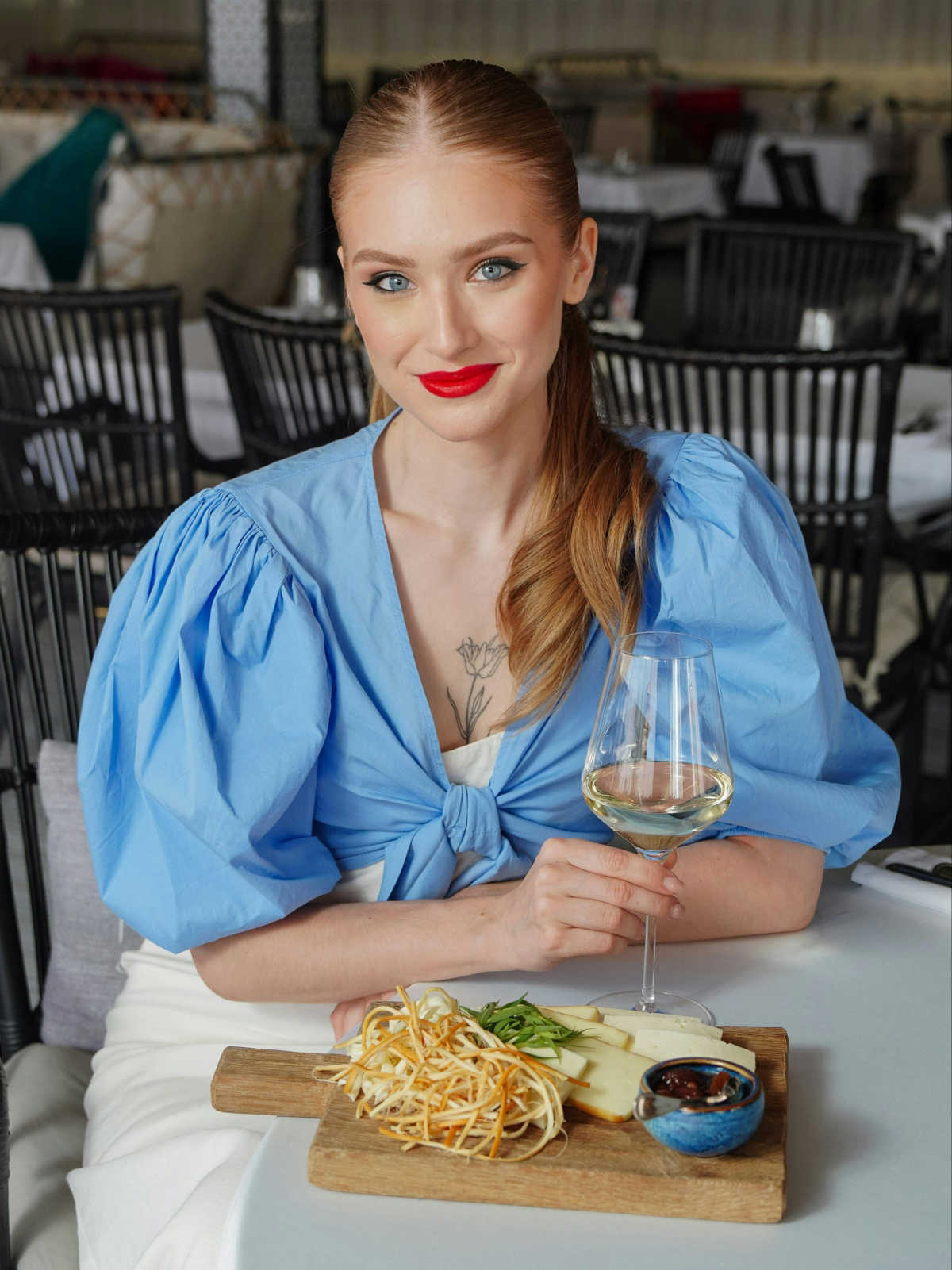
More than 90% of wines are meant to be consumed within a year of production, and this is especially true for the vast majority of crisp, unoaked white wines.
Don’t fall into the trap of thinking all wine gets better with age. That vibrant, zesty character you love in a bottle of Portuguese Vinho Verde or a classic Italian Pinot Grigio is at its peak when the wine is young. Its freshness is its greatest asset, so when you find one you love, drink it now—don’t save it for a special occasion that’s years away.
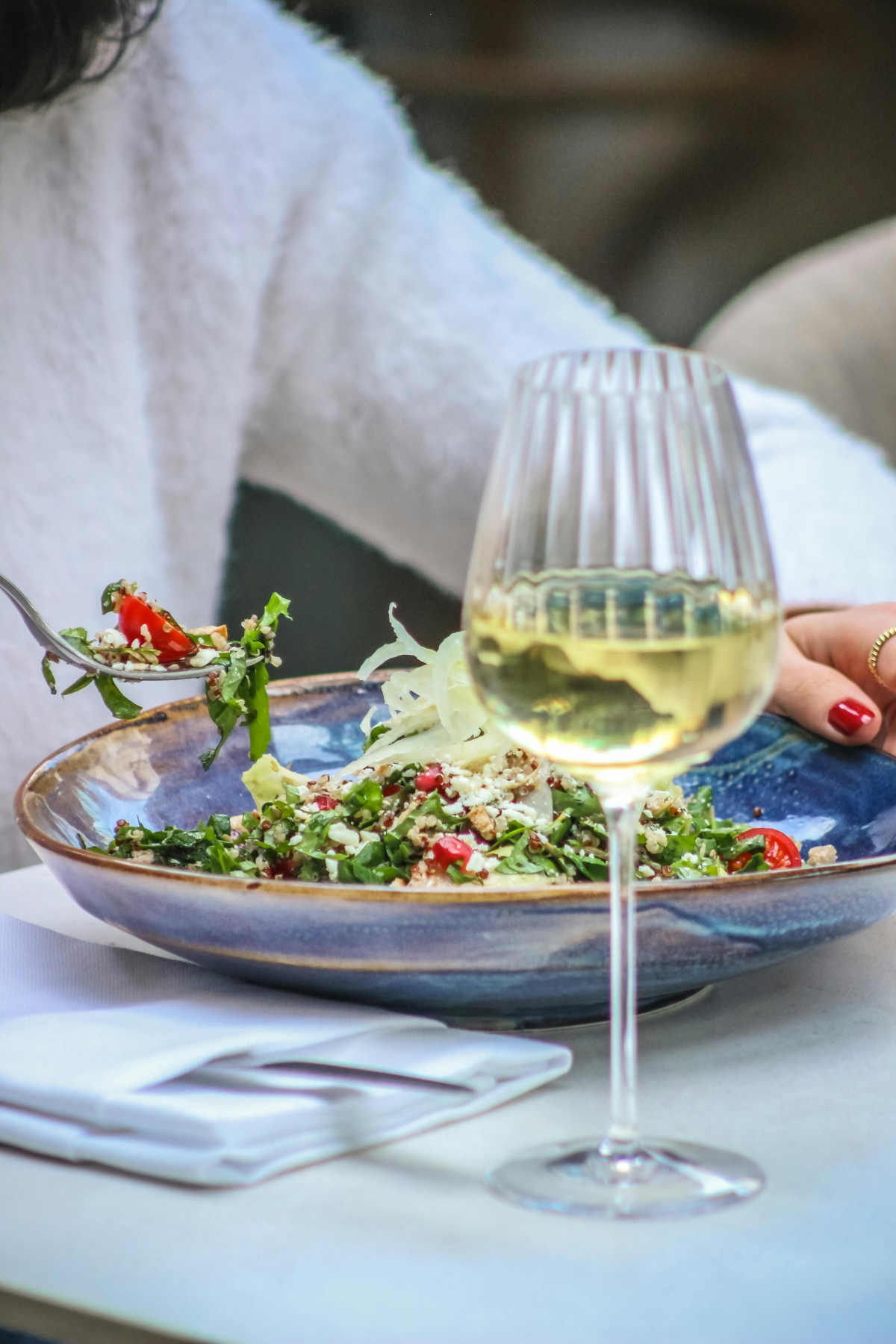
Looking to step outside the usual suspects? Give Chenin Blanc a try. Originally from France’s Loire Valley (look for names like Vouvray or Savennières), this incredibly versatile grape has also found a spectacular second home in South Africa. It can be made bone-dry, with notes of quince and chamomile, or into lusciously sweet dessert wines. It’s a sommelier’s secret weapon for a reason: it offers incredible quality and complexity, often at a friendlier price than its more famous counterparts.
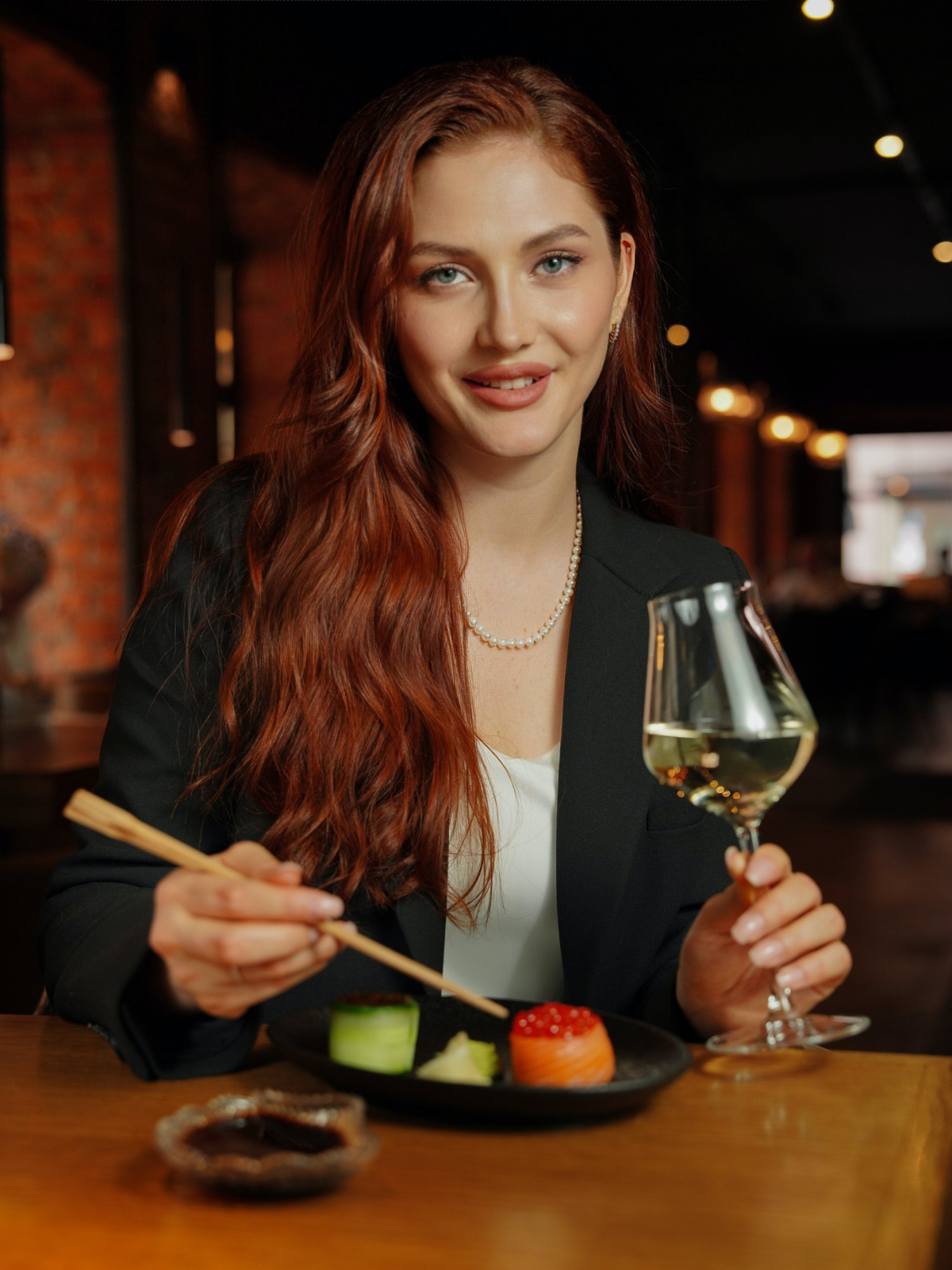
Screw Cap: A sign of a modern wine focused on preserving freshness and aromatic intensity. Perfect for wines like New Zealand Sauvignon Blanc, where you want that vibrant passionfruit and citrus profile to leap out of the glass. Brands like Stelvin have perfected the seal to prevent oxygen from spoiling the wine.
Natural Cork: The traditional choice, allowing for a tiny, microscopic exchange of air over many years. This is ideal for age-worthy white wines, like a Grand Cru Chablis or a high-quality German Riesling, where that slow evolution can add layers of complexity.
The takeaway? The closure is a deliberate choice by the winemaker to deliver the wine in its best possible state. Don’t let a screw cap fool you into thinking the wine is inferior.
- Gain a richer, creamier texture
- Develop complex notes of bread, brioche, or nuts
- Achieve a more integrated and smooth mouthfeel
The secret? It’s all in the lees. The term you’ll see on a label is










